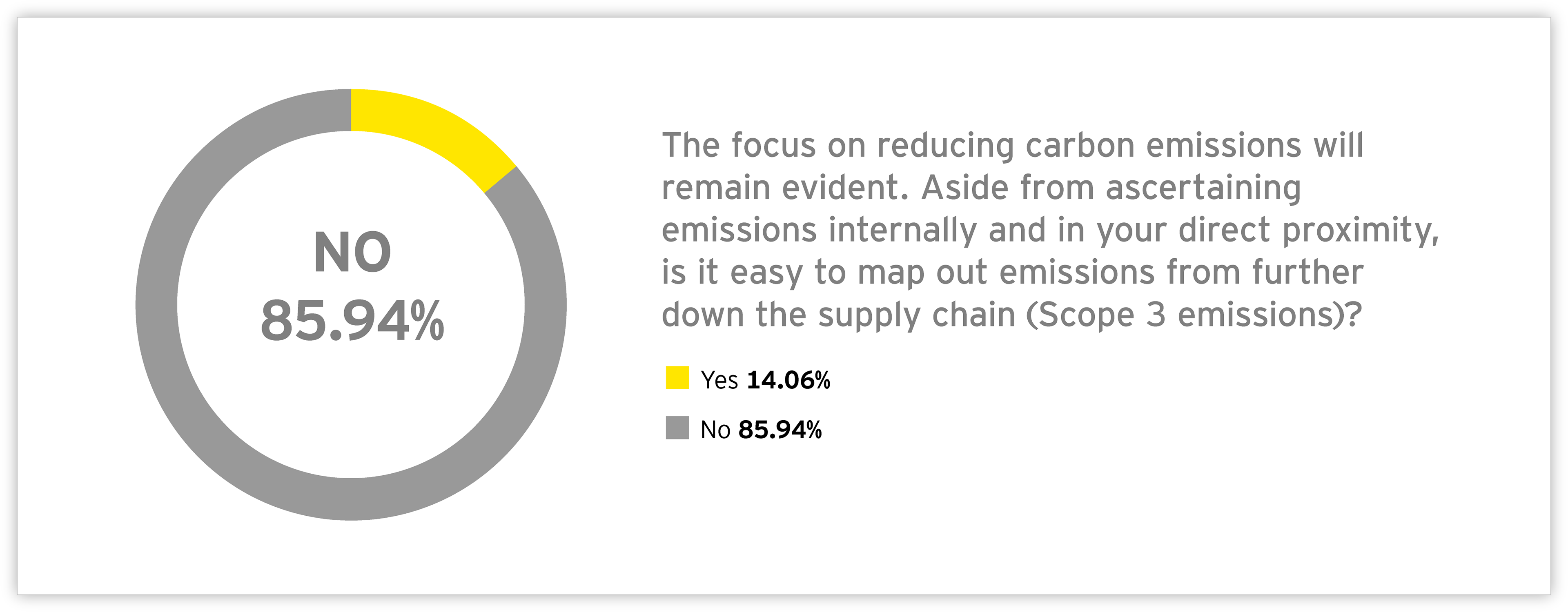Newsletters EY Belgium
Subscribe to one of our newsletters and stay up to date of our latest news, insights, events or more.
Summary
No less than 75 percent of the respondents in the CFO Barometer indicate that sustainability tops the agenda. The survey further substantiates that claim by showing just how many CFOs already report sustainability information despite not being obligated to do so. However, the EU’s CSRD and the NFRD directives are coming, and companies seem to be underestimating the necessary preparations. Data can be a facilitator, but ESG requires a change in the company culture, with the relationship between the CFO and the CSO at its center.







